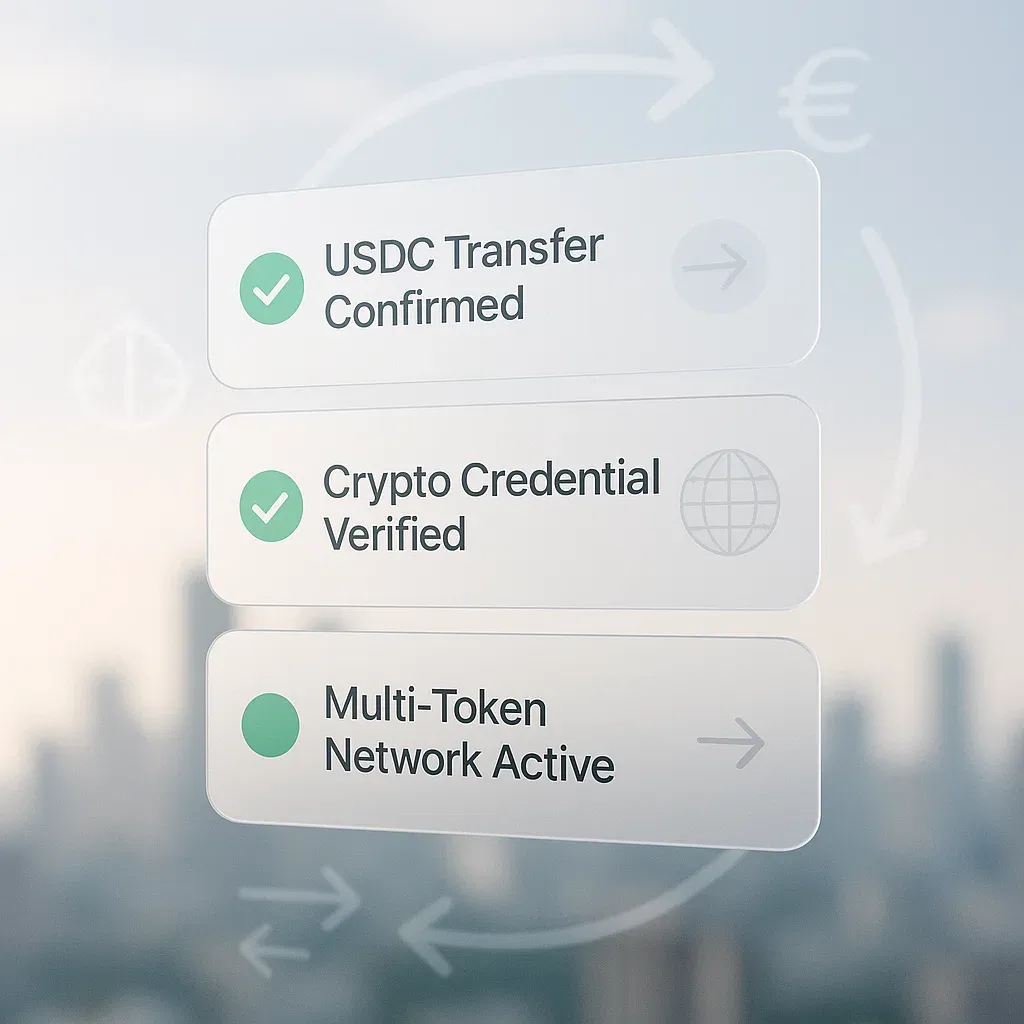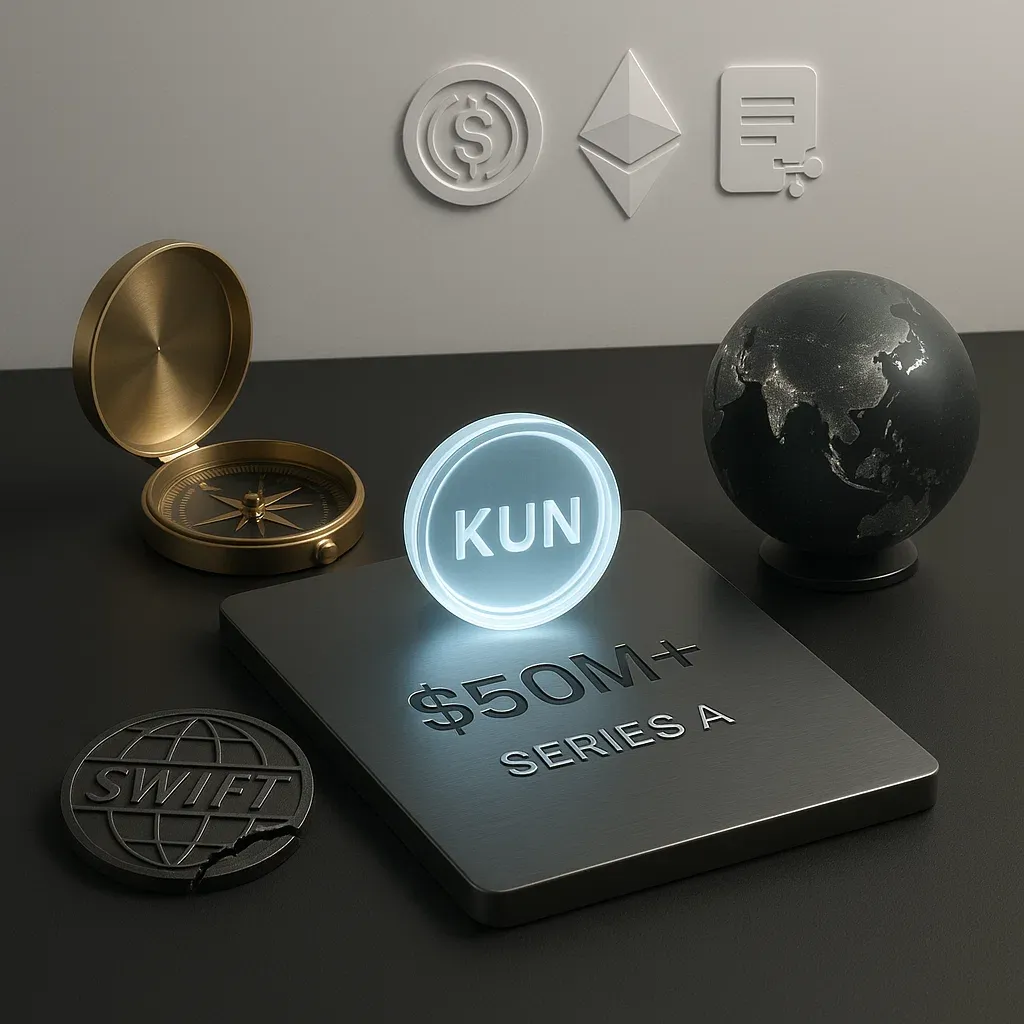A Step Towards Digital Integration: ECB’s New Settlement Initiative
🏦 ECB’s Big Move: Settling Blockchain Transactions with Fiat
The European Central Bank (ECB) is developing a system to settle transactions recorded on distributed-ledger technology (DLT) platforms using fiat currency. This move aims to enhance financial market efficiency and integrate blockchain innovations into Europe’s traditional financial system.
🔗 What is DLT & Why Does It Matter?
Distributed-Ledger Technology (DLT) is a decentralized system for maintaining transaction records across multiple participants. While blockchains like Bitcoin use DLT, its applications extend far beyond crypto—offering a transparent, secure, and efficient way to process transactions.
The ECB wants to leverage DLT to improve Europe’s financial infrastructure, ensuring seamless settlement of digital transactions using central bank money instead of relying on volatile crypto assets.
🏗️ ECB’s Two-Phase Plan
1️⃣ Phase One: Connect DLT to TARGET
- TARGET is the ECB’s current system for settling cash, securities, and collateral transfers across Europe.
- By linking DLT transactions with TARGET, the ECB hopes to establish a hybrid system that supports both traditional and digital assets.
- ECB Board Member Piero Cipollone says this will boost market efficiency and innovation.
2️⃣ Phase Two: Develop a Fully Integrated DLT Settlement System
- This phase will focus on long-term solutions for domestic and international transactions (e.g., forex settlements).
- The goal is to build a unified European system where DLT-based transactions are settled directly in central bank money.
🔬 What’s Driving This?
Between May and November 2024, the ECB conducted over 50 trials with 60+ participants, including:
✅ Central banks
✅ Financial institutions
✅ DLT platform operators
These experiments tested DLT-based settlements, helping the ECB refine its strategy.
🔥 Innovation with Stability
🚀 The ECB’s Priority: Embracing blockchain innovations without compromising financial stability.
💡 Key Motivation: Strengthen Europe’s digital capital markets union, aligning with the Council’s March 2024 plan.
🗣️ Cipollone’s take:
"We are embracing innovation without compromising on safety and stability."
By creating a regulated framework for blockchain transactions, the ECB aims to position Europe as a global leader in digital finance while keeping traditional financial safeguards intact.
🌍 What’s Next?
🔹 The ECB’s DLT settlement system is still in its early stages, but this move signals a major shift in how Europe integrates blockchain into mainstream finance.
🔹 If successful, this could reshape financial markets, making transactions faster, cheaper, and more transparent.
⚡ TL;DR
- The ECB is developing a system to settle blockchain transactions with fiat currency to improve financial market efficiency.
- Phase 1: Link DLT transactions to TARGET, the ECB’s existing settlement system.
- Phase 2: Build a fully integrated DLT settlement system for both domestic and international transactions.
- 50+ trials have already been conducted, with 60+ financial institutions participating.
- The ECB is embracing blockchain innovation while ensuring stability and security in Europe’s financial system.
💡 Bottom Line: The ECB is taking a measured but ambitious step toward integrating blockchain into traditional finance—without relying on crypto assets like Bitcoin.

Recent News
All Time High • Live
Have questions or want to collaborate? Reach us at: info@ath.live











